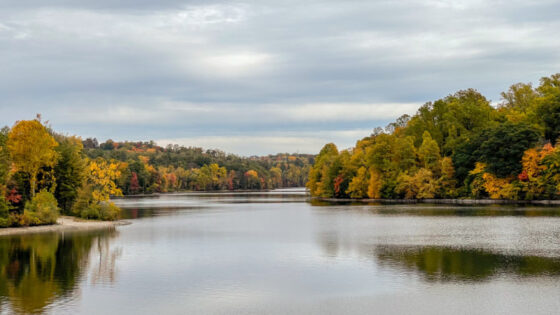Volk, C.J., Volk, C.B., and L.A. Kaplan. 1997. Limnology and Oceanography 42(1):39–44.
doi: 10.4319/lo.1997.42.1.0039
Abstract
Plug-flow biofilm reactors colonized by microorganisms in streamwater were used to measure the concentration and composition of biodegradable dissolved organic C (BDOC) in White Clay Creek. During the 4-month study period, DOC ranged from 0.8 to 10.4 mg C liter‒1 and was, on average, composed of 75% humic substances, 13% carbohydrates, 2% amino acids, and 18% >100 kDa. The carbohydrates were predominantly polysaccharides, nearly all amino acids were present in the combined form, and most carbohydrates and amino acids were humic bound. BDOC ranged from 0.2 to 2.9 mg C liter‒1, averaged 25% of the DOC, and was composed of 75% humic substances, 30% carbohydrates, 4% amino acids, and 39% DOC >100 kDa. The carbohydrate portion of the BDOC was primarily polysaccharide or humic bound. Similarly, the amino acid portion of the BDOC was overwhelmingly present in the combined form and primarily humic bound. Glycine and aspartic acid were the dominant amino acids in White Clay Creek DOC and in the BDOC pool. Our data broaden the perspective on substrates important to microbial metabolism and energy flow in streams and provide the first direct evidence that humic substances, although largely refractory, are an important component of streamwater BDOC.



